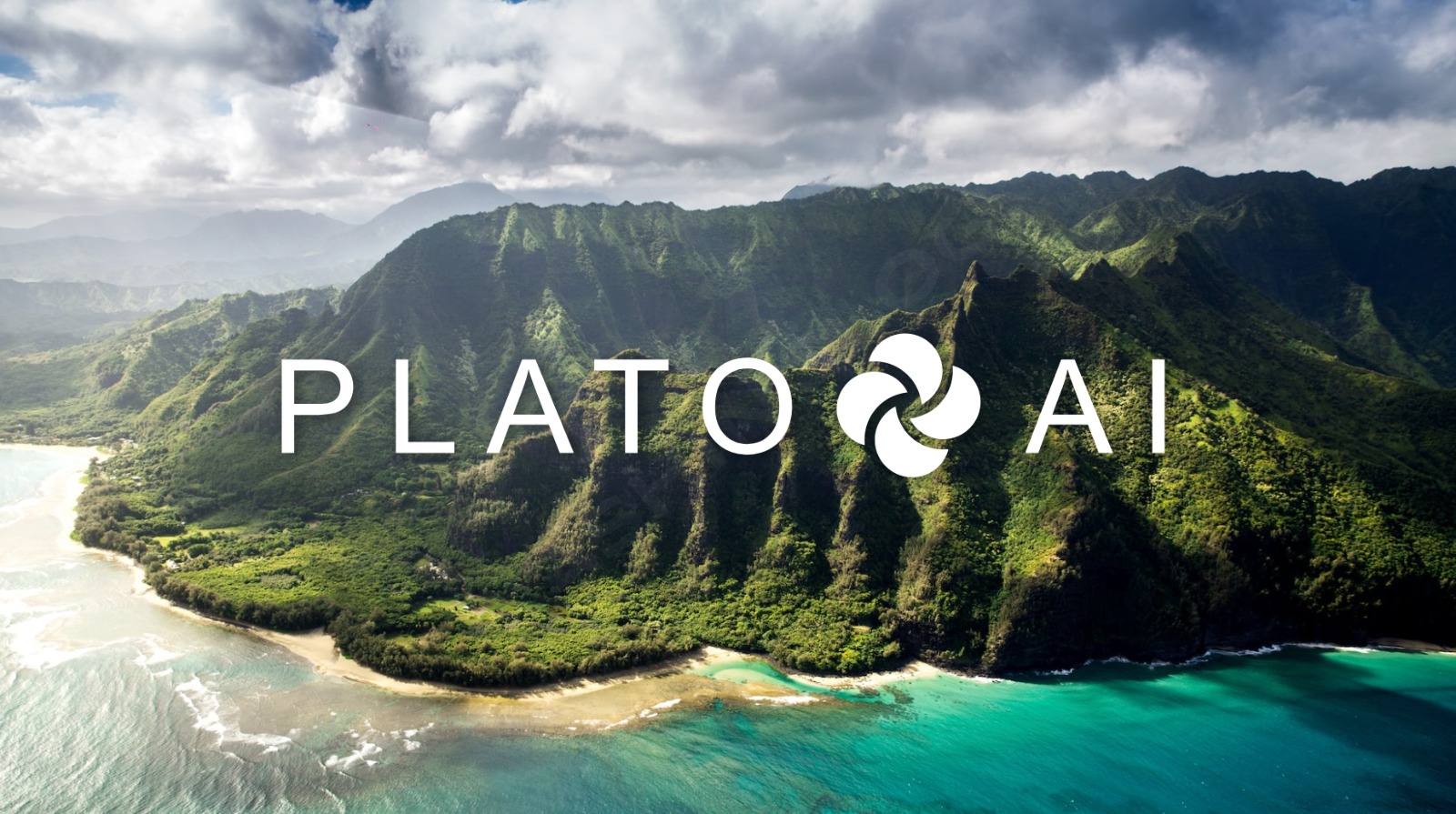
**Urgent Call for Innovative Strategies to Restore the Health of New Zealand’s Lakes and Rivers**
New Zealand, renowned for its breathtaking landscapes and pristine natural environments, is facing a critical challenge: the deteriorating health of its lakes and rivers. These vital water bodies, which are integral to the country’s biodiversity, cultural heritage, and economy, are under significant threat from pollution, climate change, and unsustainable land-use practices. The urgency to restore and protect these aquatic ecosystems has never been greater, necessitating innovative strategies and collaborative efforts.
### The State of New Zealand’s Freshwater Ecosystems
New Zealand’s freshwater ecosystems are in a state of decline. According to the Ministry for the Environment’s 2020 report, over half of the monitored river sites have poor water quality, with high levels of nitrogen and phosphorus contributing to algal blooms and degraded habitats. Additionally, many lakes are suffering from eutrophication, a process driven by nutrient pollution that leads to oxygen depletion and loss of aquatic life.
The primary sources of this pollution include agricultural runoff, urban stormwater, and wastewater discharges. Intensive farming practices, particularly dairy farming, have significantly increased nutrient loads in waterways. Urbanization has also contributed to the problem, with impervious surfaces leading to increased runoff and contamination.
### The Impact on Biodiversity and Communities
The degradation of freshwater ecosystems has profound implications for biodiversity. Native fish species, such as the iconic longfin eel and various galaxiids, are in decline due to habitat loss and poor water quality. Wetland areas, which provide crucial breeding grounds for many species, have been reduced to a fraction of their original extent.
Communities that rely on these water bodies for drinking water, recreation, and cultural practices are also affected. The Māori, who have a deep spiritual connection to the land and water (taonga), are particularly impacted by the degradation of these natural resources. The health of lakes and rivers is not just an environmental issue but a social and cultural one as well.
### Innovative Strategies for Restoration
Addressing the complex challenges facing New Zealand’s freshwater ecosystems requires innovative and multifaceted strategies. Here are some key approaches that could make a significant difference:
1. **Integrated Catchment Management (ICM):**
ICM involves managing land, water, and related resources within a catchment area in a coordinated way. This approach recognizes the interconnectedness of ecosystems and promotes sustainable land-use practices that reduce pollution at its source. Collaborative efforts between farmers, local communities, scientists, and policymakers are essential for successful ICM.
2. **Riparian Planting:**
Planting native vegetation along riverbanks (riparian zones) can help filter out pollutants before they enter waterways. Riparian planting also stabilizes banks, reduces erosion, and provides habitat for wildlife. Community-led planting initiatives have shown promise in improving water quality and enhancing biodiversity.
3. **Precision Agriculture:**
Advances in technology offer new opportunities for reducing agricultural impacts on waterways. Precision agriculture uses data-driven techniques to optimize the use of fertilizers and pesticides, minimizing runoff. Drones, sensors, and satellite imagery can help farmers apply inputs more efficiently and sustainably.
4. **Constructed Wetlands:**
Constructed wetlands are engineered systems designed to mimic natural wetlands’ ability to filter and purify water. These systems can be used to treat agricultural runoff and urban stormwater before it reaches rivers and lakes. Constructed wetlands also provide habitat for wildlife and recreational opportunities for communities.
5. **Policy and Regulation:**
Stronger policies and regulations are needed to protect freshwater resources. This includes setting enforceable limits on nutrient discharges, promoting sustainable farming practices, and ensuring compliance with environmental standards. The government must work closely with stakeholders to develop and implement effective policies.
6. **Community Engagement and Education:**
Engaging local communities in restoration efforts is crucial for long-term success. Education programs can raise awareness about the importance of healthy freshwater ecosystems and encourage responsible behavior. Citizen science initiatives, where volunteers help monitor water quality, can also contribute valuable data and foster a sense of stewardship.
### Conclusion
The health of New Zealand’s lakes and rivers is at a critical juncture. Without urgent action and innovative strategies, these precious ecosystems will continue to decline, with far-reaching consequences for biodiversity, communities, and the economy. By embracing integrated catchment management, precision agriculture, riparian planting, constructed wetlands, robust policies, and community engagement, New Zealand can chart a path towards restoring its freshwater heritage.
The time to act is now. Protecting New Zealand’s lakes and rivers is not just an environmental imperative but a moral obligation to future generations who deserve to inherit a land of clean waters and thriving ecosystems.
- Source Link: https://zephyrnet.com/new-approach-needed-to-turn-around-the-declining-state-of-nzs-lakes-and-rivers/
- SEO Powered Content & PR Distribution. Get Amplified Today.
- PlatoData.Network Vertical Generative Ai. Empower Yourself. Access Here.
- PlatoAiStream. Web3 Intelligence. Knowledge Amplified. Access Here.
- PlatoESG. Carbon, CleanTech, Energy, Environment, Solar, Waste Management. Access Here.
- PlatoHealth. Biotech and Clinical Trials Intelligence. Access Here.
- Source: https://platodata.network/platowire/urgent-call-for-innovative-strategies-to-restore-the-health-of-new-zealands-lakes-and-rivers/


Jones Expresses Desire for Removal of Climate Commission CEO
**Jones Expresses Desire for Removal of Climate Commission CEO** In a surprising turn of events, Senator Rebecca Jones has publicly...